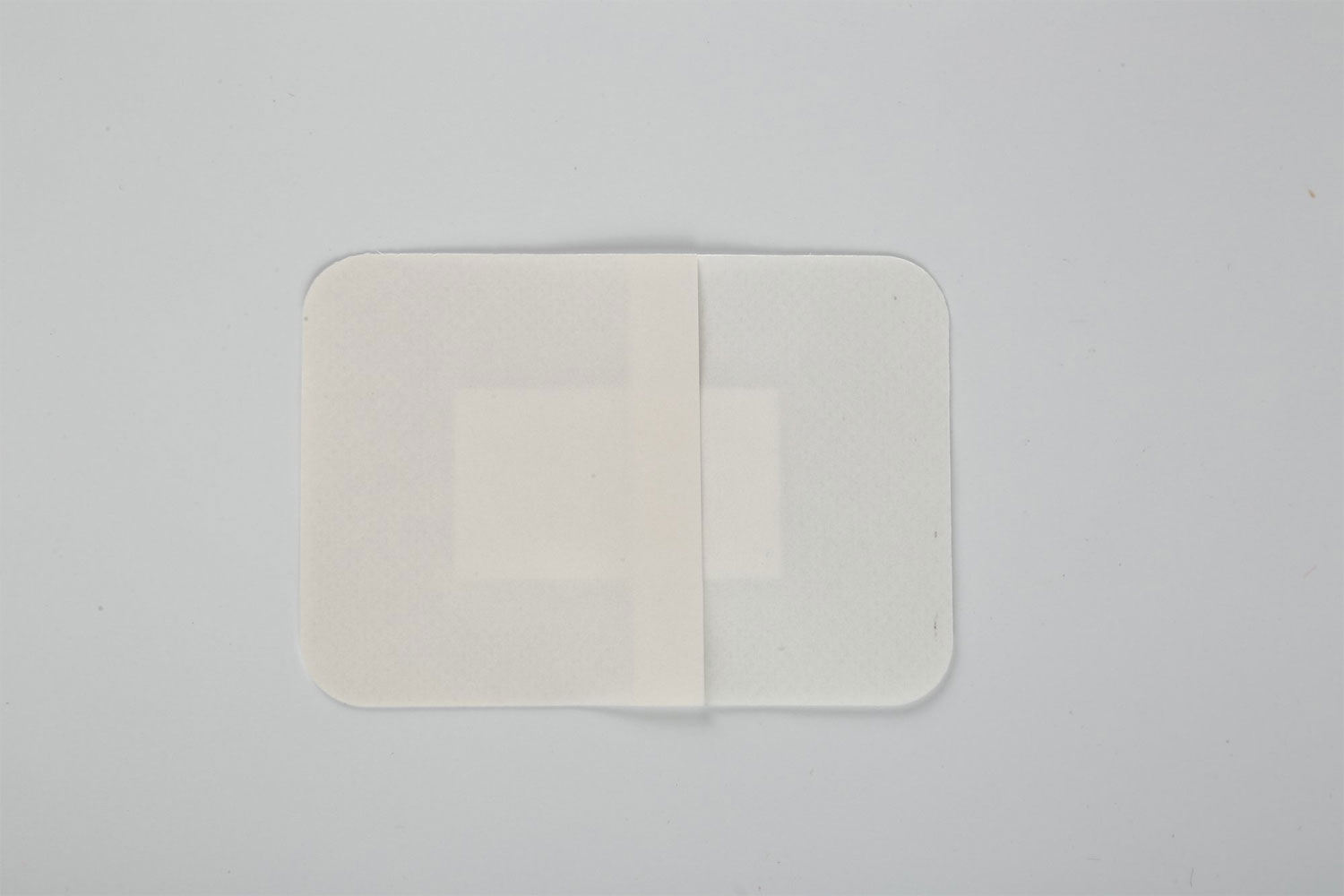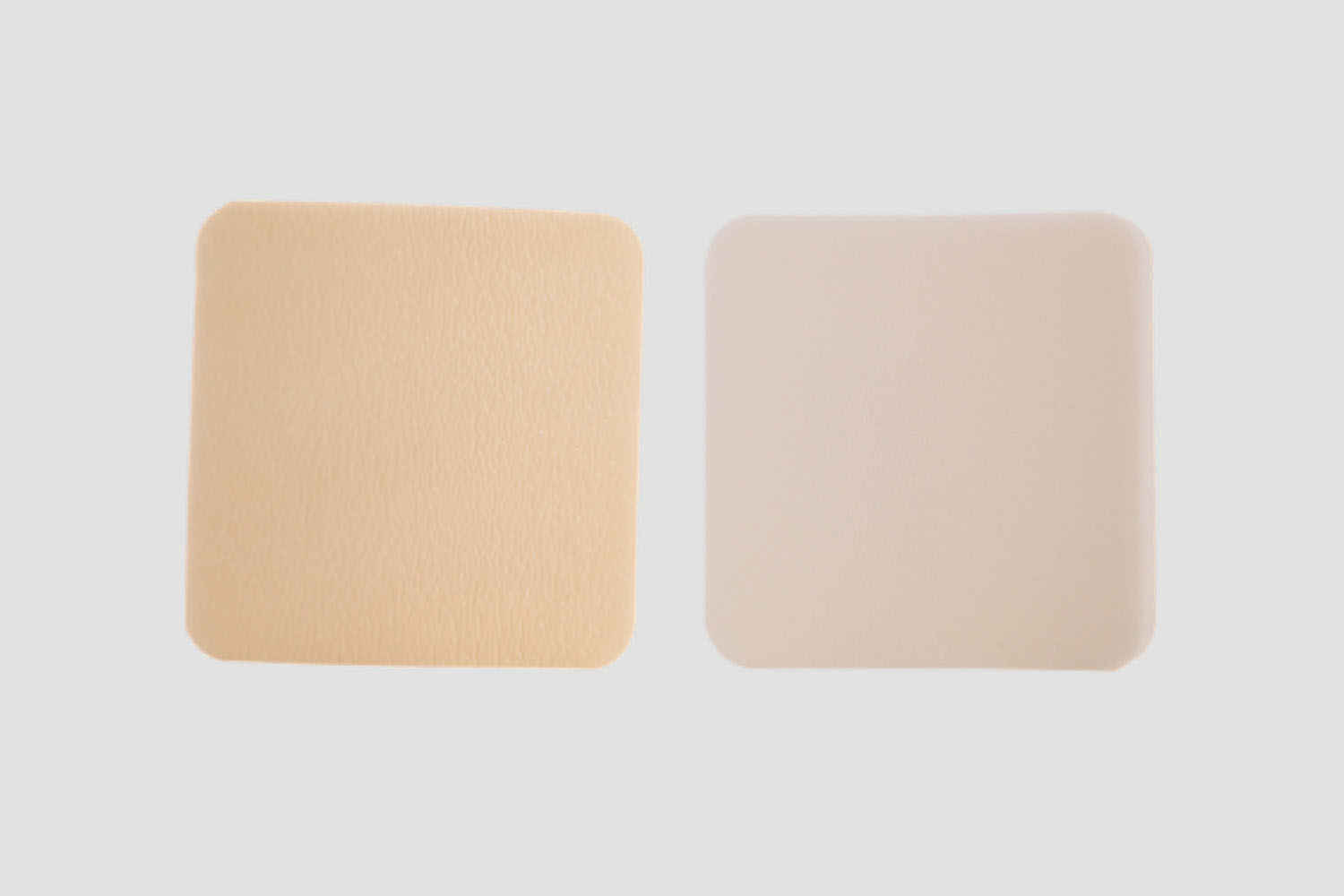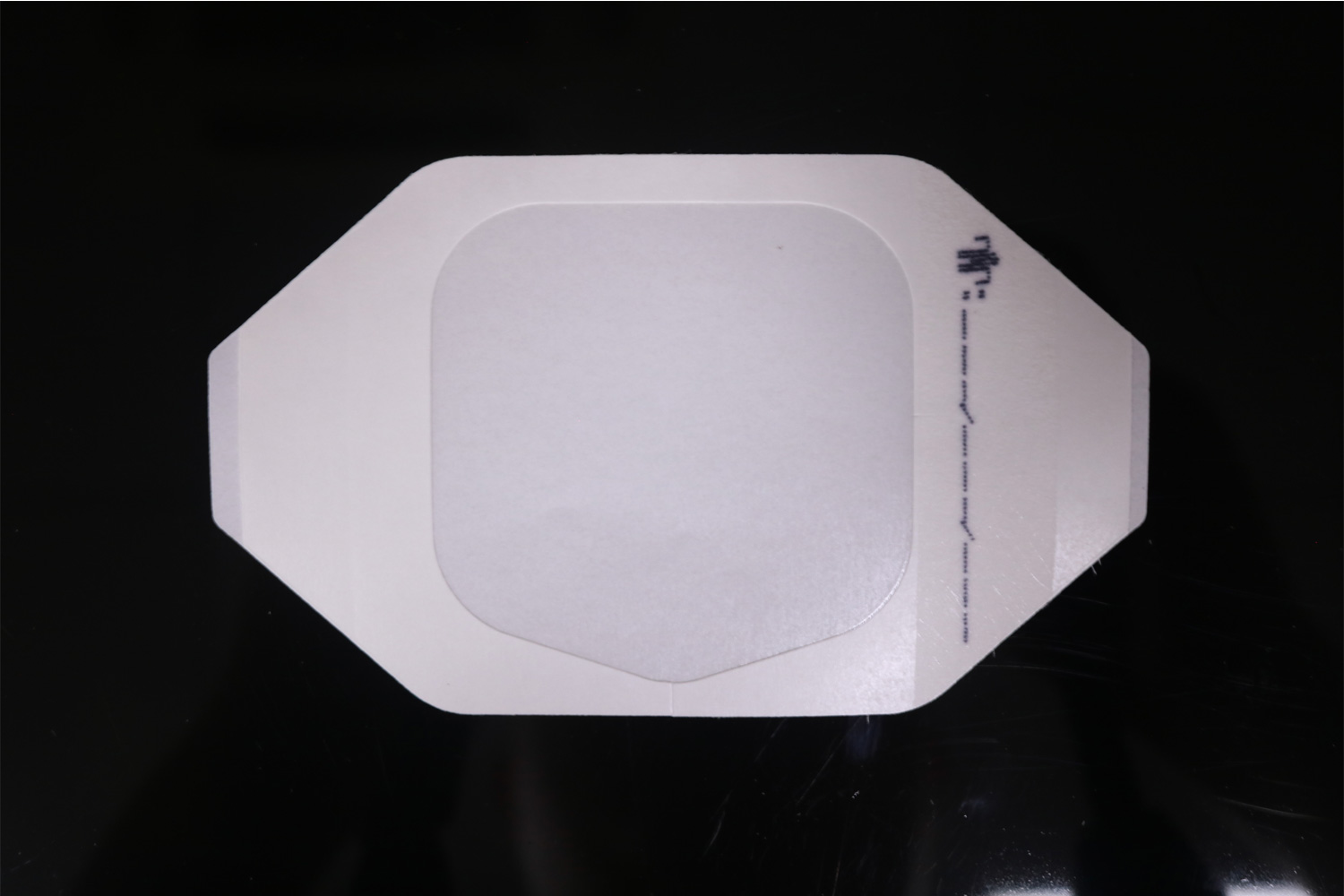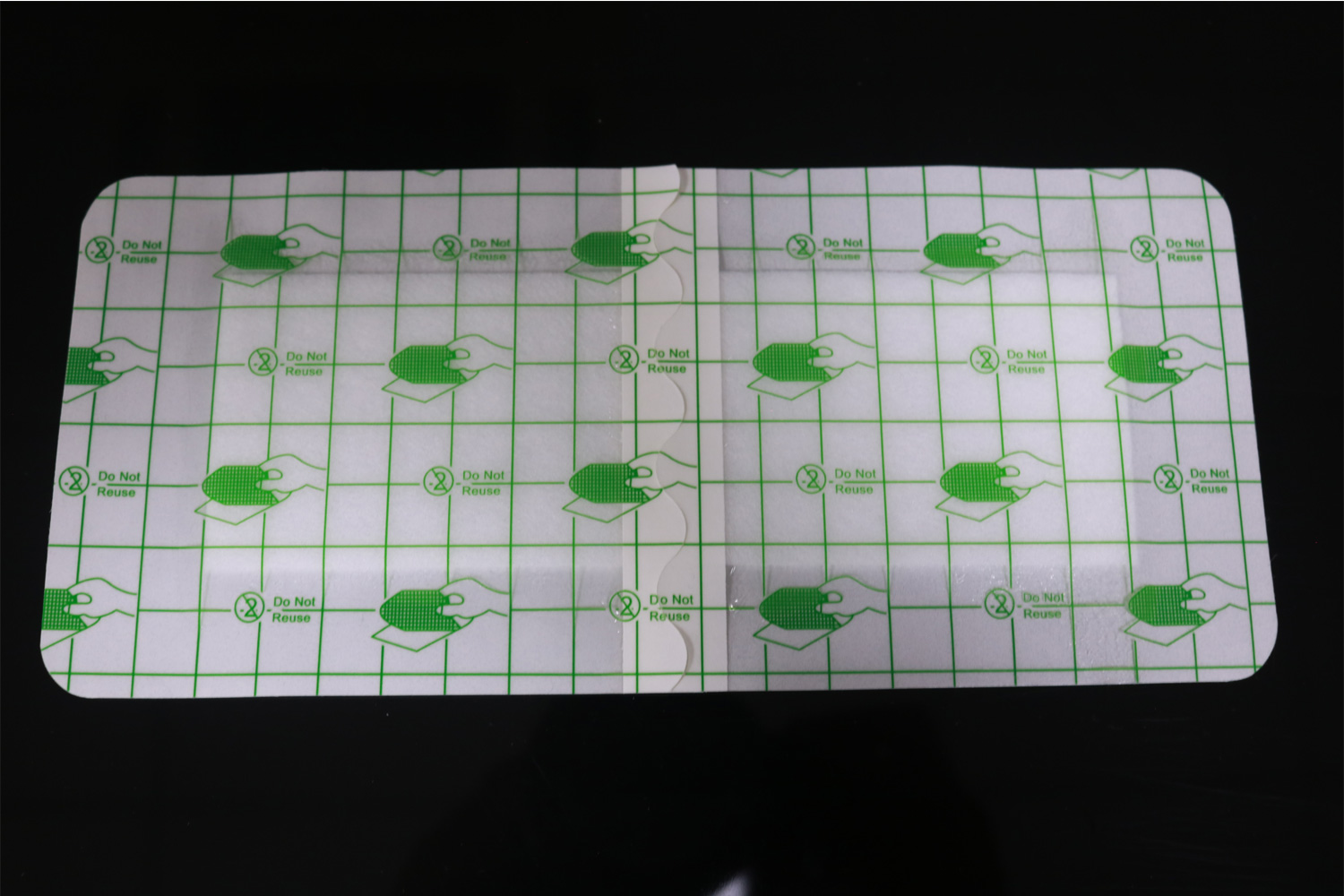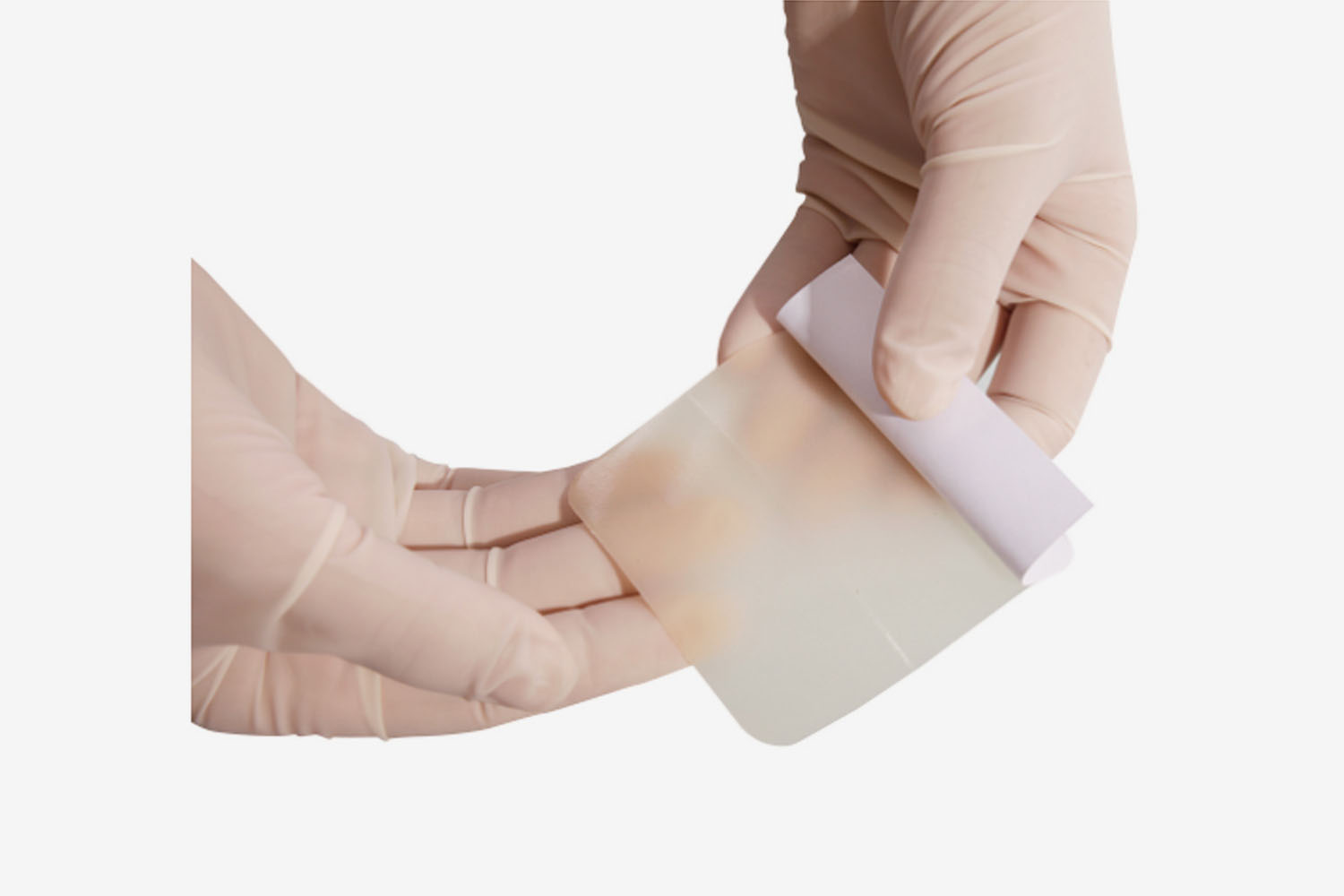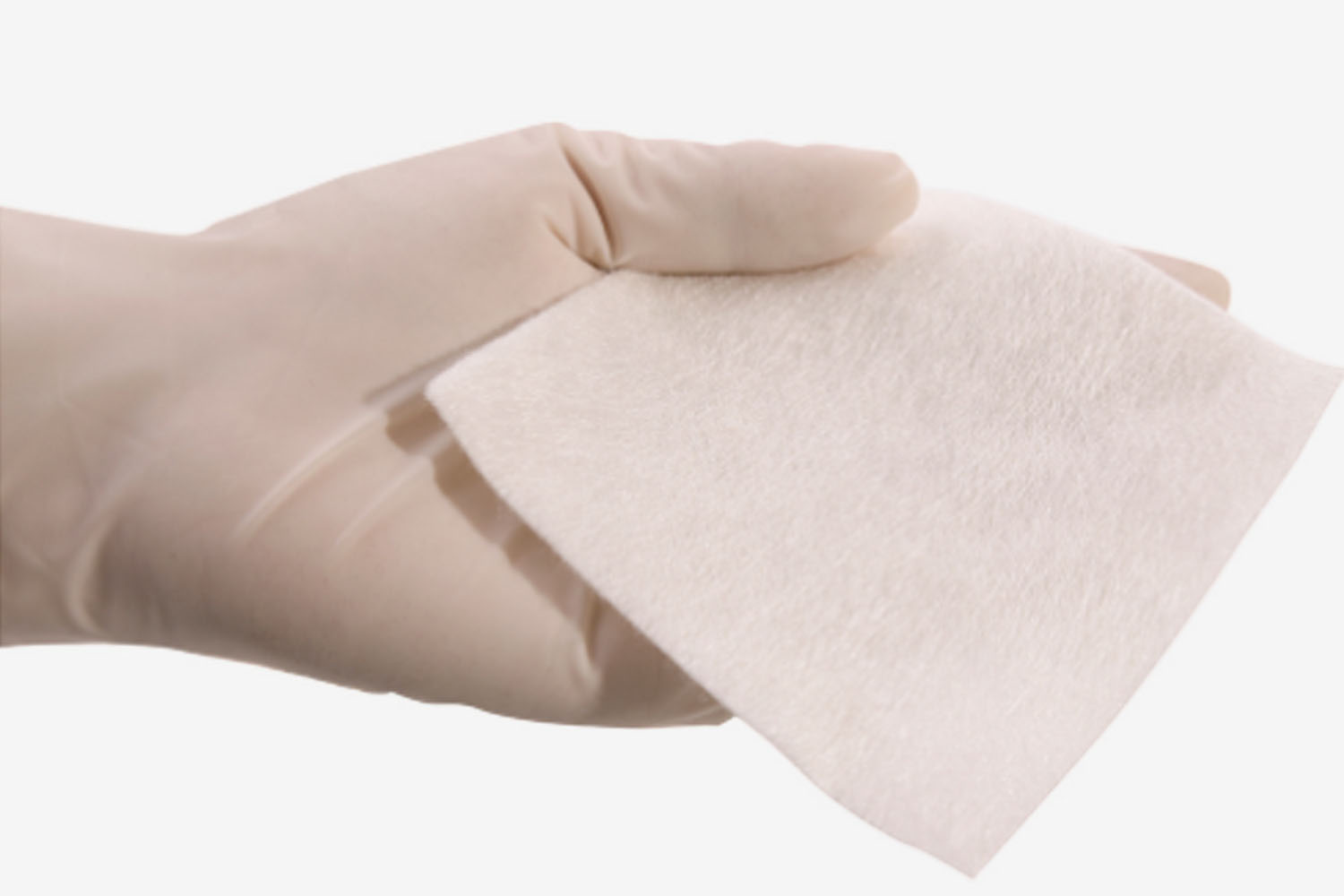Instructions for use of Cannula Fixation Dressing
A Cannula Fixation Dressing is used to secure an intravenous (IV) cannula in place, minimizing movement and reducing the risk of infection.
Follow these steps for proper application:
1. Preparation
Wash your hands thoroughly with soap and water or use an alcohol-based hand sanitizer.
Gather all necessary supplies:
- Cannula Fixation Dressing (transparent film or adhesive securement device)
- Sterile gloves (if required)
- Antiseptic wipes or chlorhexidine swab
- Medical tape (if additional support is needed)
- Scissors (if trimming is required)
2. Application
Clean the Skin:
Use an antiseptic wipe to clean around the insertion site. Allow it to dry completely.
Position the Cannula:
Ensure the IV cannula is properly inserted and secured with a catheter hub or extension set.
Apply the Fixation Dressing:
- Remove the backing of the dressing without touching the adhesive side.
- Carefully place the dressing over the cannula, ensuring the insertion site remains visible through any transparent film.
- Smooth out the dressing to eliminate air bubbles and ensure secure adhesion.
Secure Additional Components (if needed):
If the dressing includes securement strips, apply them around the catheter hub for extra stabilization.
If necessary, use additional medical tape to reinforce the dressing edges.
3. Post-Application Care
- Check for Proper Adhesion: Ensure the dressing is firmly in place without restricting blood flow.
- Label the Dressing: Write the date, time, and initials of the healthcare provider on the dressing or a nearby label.
- Monitor the Site: Regularly inspect for signs of infection, swelling, or dressing loosening.
4. Removal & Replacement
Replace the dressing as per hospital protocol or manufacturer’s instructions (usually every 24–72 hours or when soiled).
To remove:
- Carefully lift the edges of the dressing and peel it back while stabilizing the cannula.
- Clean the site before reapplying a new dressing.
Precautions:
- Ensure the dressing is hypoallergenic if the patient has sensitive skin.
- Do not stretch the dressing too tightly to avoid pressure sores.
- Change the dressing immediately if it becomes loose, wet, or contaminated.





